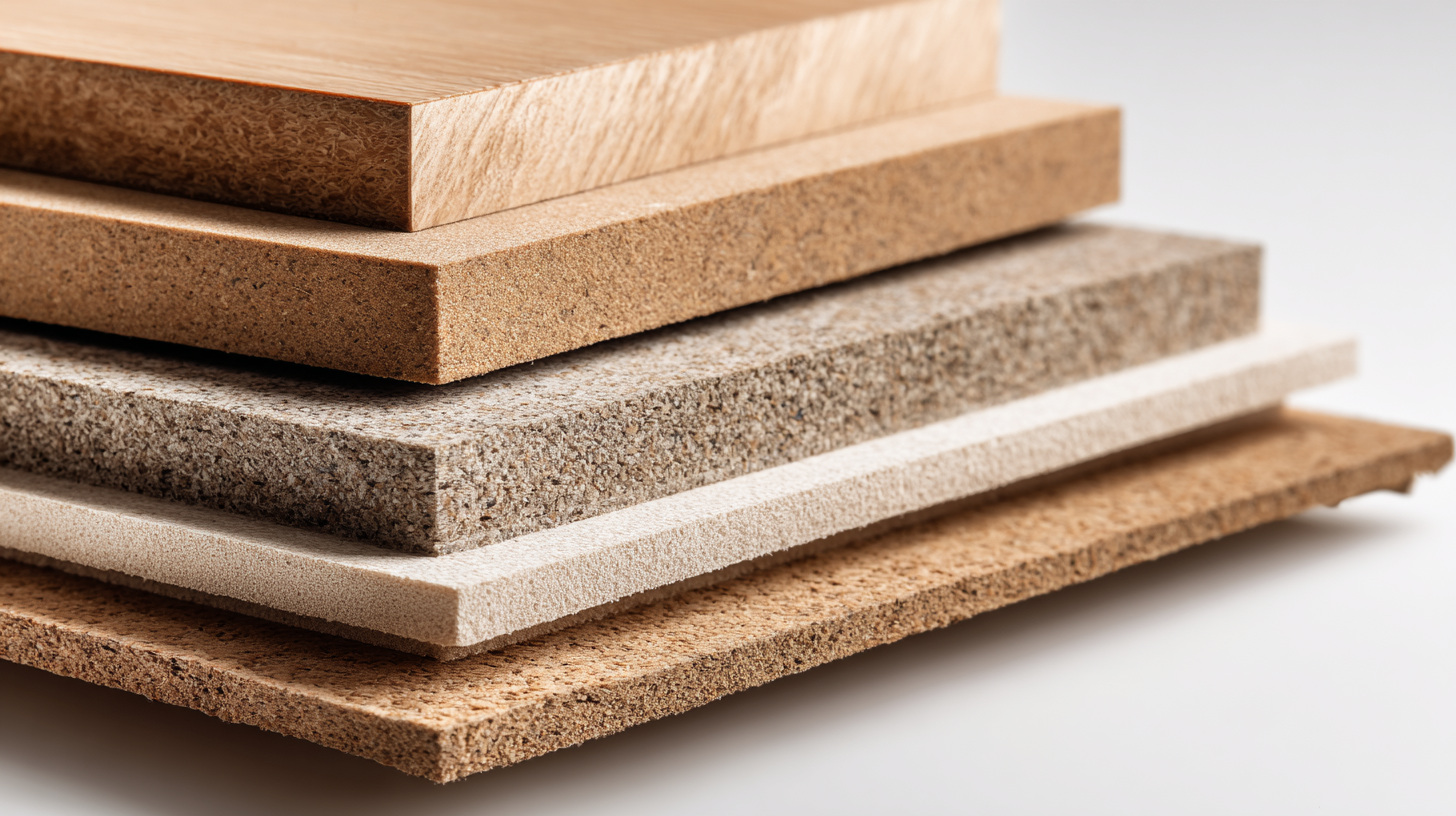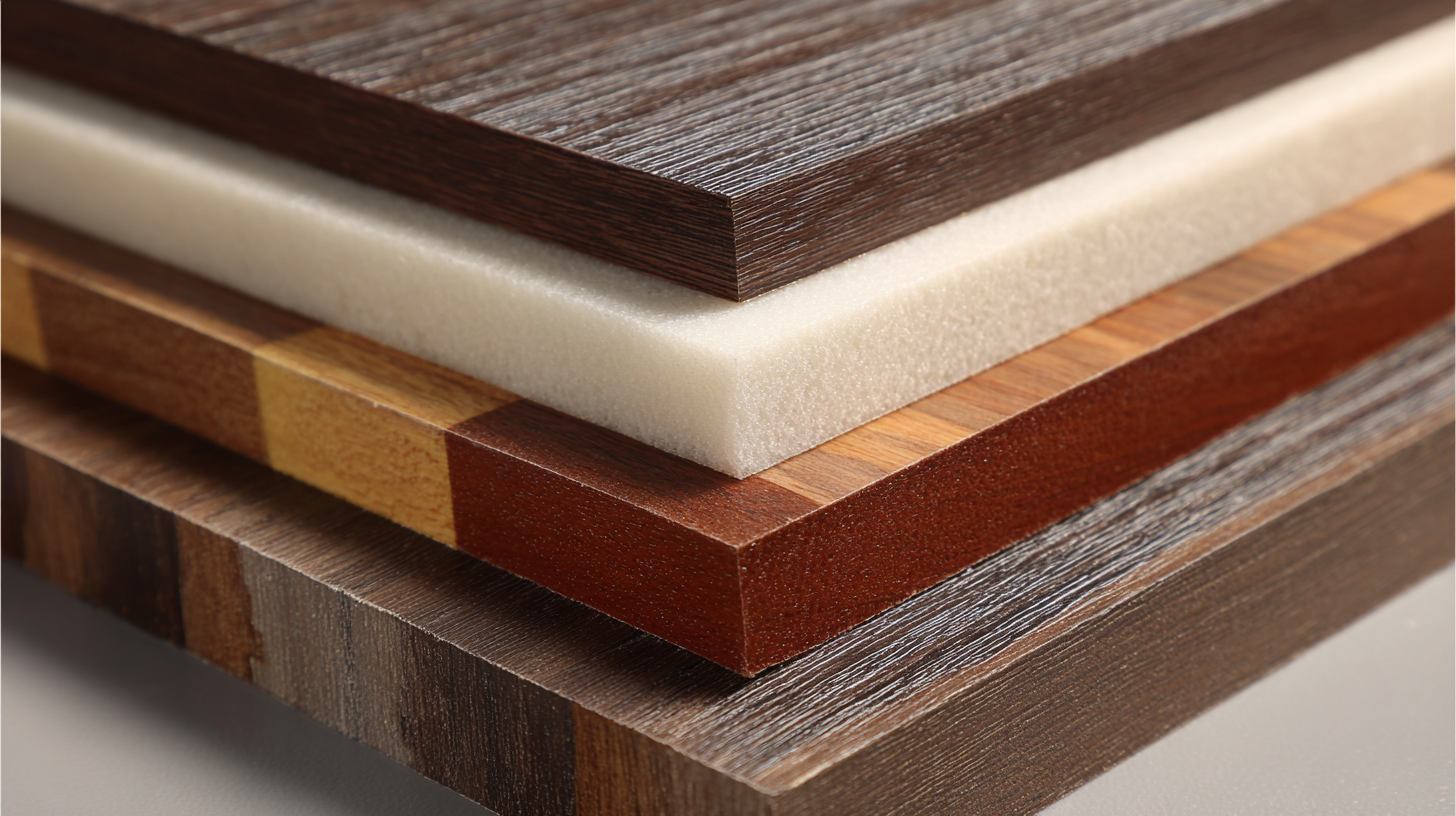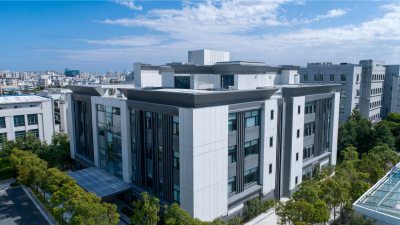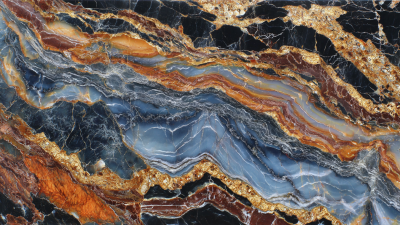
- Ginazhao@wanglumaterial.com
- Mon - Sat at 7:00AM to 9:00PM



The versatility of WPC Foam Board is rapidly gaining recognition across various industries due to its unique properties and applications. According to a recent market report by Allied Market Research, the global wood-plastic composite market, which includes WPC Foam Boards, is projected to reach USD 9.4 billion by 2027, growing at a CAGR of 12.4% from 2020. This growth is powered by the increasing demand for sustainable materials as industries seek to reduce their environmental footprint. WPC Foam Board stands out due to its lightweight nature, excellent insulation properties, and resistance to moisture and pests, making it an ideal solution for projects in construction, signage, and furniture manufacturing. As designers and manufacturers continue to harness the benefits of WPC Foam Board, its potential applications are limitless, proving to be a game-changer for innovative project solutions.

WPC (Wood Plastic Composite) foam board is gaining momentum in the construction and design sectors due to its remarkable versatility and array of benefits. One significant advantage is its lightweight nature, which facilitates easy handling and installation. According to a report by Research And Markets, the demand for composite materials, including WPC, is projected to grow by 11.4% annually, underlining the shift towards more sustainable construction practices. WPC foam boards are resistant to moisture, rot, and pests, making them an ideal choice for both indoor and outdoor applications.
When considering WPC foam boards for your next project, one crucial tip is to ensure proper selection based on your specific needs. For instance, if you’re working on exterior installations, opt for boards with higher UV resistance to maintain durability against harsh weather conditions. Additionally, leveraging WPC's customizable nature allows for creative designs that can cater to varying aesthetic preferences without compromising on functionality.
Another tip is to incorporate WPC foam boards in combination with other materials to maximize structural integrity. A study by the International Journal of Research reveals that using composite materials can enhance load-bearing capacity while reducing overall project weight, leading to significant cost savings in both materials and labor. This synergy of WPC boards with traditional materials can result in innovative design solutions that are both practical and visually appealing.

WPC foam boards, known for their lightweight and durable properties, have emerged as a popular choice in interior decoration. Their versatility allows designers to implement innovative ideas across various settings, from residential to commercial spaces. These boards can be easily cut, shaped, and adorned with different finishes, making them perfect for creating stunning wall panels, intricate ceiling designs, and unique furniture pieces.
In addition to their aesthetic appeal, WPC foam boards offer practical benefits. They are water-resistant and easy to clean, which makes them ideal for areas prone to moisture, such as kitchens and bathrooms. Their insulation properties contribute to energy efficiency, ensuring that spaces maintain comfortable temperatures. Moreover, with a range of colors and textures available, WPC foam boards can seamlessly adapt to any design theme, allowing homeowners and decorators to unleash their creativity while enhancing the overall ambiance of the interior.
When selecting the right type of WPC (Wood Plastic Composite) foam board for your project, it’s important to consider various factors that cater to your specific needs. WPC foam boards, known for their lightweight and durability, are rapidly gaining popularity across industries. According to industry reports, the global WPC market is projected to reach a staggering value of $6,400.5 million by 2025, with an impressive compound annual growth rate (CAGR) of 9.2%, expected to soar to $12,941.7 million by 2033. These figures highlight the increasing demand and versatility of WPC materials.

Choosing the right WPC foam board involves assessing the density, thickness, and surface texture suitable for your applications. For high-impact environments, opt for denser boards that offer enhanced durability. If aesthetics are a priority for your design, consider boards with a smooth finish that lend themselves well to painting or laminating. Furthermore, understanding the application—whether it’s for indoor signage, furniture, or outdoor structures—will guide your selection process to ensure optimal performance and visual appeal in your next project.
WPC (Wood Plastic Composite) foam board has emerged as a versatile material in various sectors, providing unique customization options for different projects. According to a recent industry report by MarketsandMarkets, the global WPC market is expected to grow from $5.49 billion in 2020 to $9.34 billion by 2028, reflecting a CAGR of 6.7%. This growth highlights the increasing demand for customizable materials that can cater to specific aesthetic and functional requirements. WPC foam boards can be manufactured in various colors, textures, and finishes, making them ideal for applications ranging from interior design to outdoor signage.
Innovative customization techniques further enhance the appeal of WPC foam boards. Advances in digital printing technology allow for high-resolution graphics to be printed directly onto the board, facilitating unique branding opportunities. Additionally, CNC machining enables intricate designs and shapes, providing architects and designers the freedom to push creative boundaries. With approximately 90% of designers prioritizing sustainability in material selection, WPC foam boards, made from recycled wood and plastic, offer an eco-friendly alternative while meeting the diverse needs of modern projects. By leveraging these customization options, professionals can create distinctive and functional solutions tailored to their specific requirements.
WPC foam board (Wood Plastic Composite foam board) stands out as an innovative alternative to traditional building materials. Unlike conventional options like fiberglass or polystyrene, WPC foam board offers significant advantages in terms of environmental sustainability and cost-efficiency. Recent studies indicate that traditional insulation materials often have a considerable environmental impact due to their synthetic components. In contrast, WPC foam boards not only utilize renewable resources but also exhibit better mechanical properties, insulating capabilities, and durability.
Tips: When selecting insulation materials, consider their life cycle assessments. Opt for options that minimize waste and resource consumption throughout their lifespan. This not only benefits the environment but can also lead to long-term savings.
Furthermore, while traditional insulation methods provide thermal and acoustic benefits, emerging bio-based solutions are proving to be equally effective. For instance, natural materials like hemp and sawdust have demonstrated promising insulation properties with reduced carbon footprints, showing that eco-friendly building practices are both practical and beneficial for modern construction. By integrating WPC foam board into your projects, you can leverage these advantages to create sustainable and efficient building solutions.
Tips: Always research the thermal and environmental performance of selected materials to ensure they align with your project goals.





